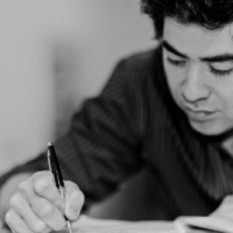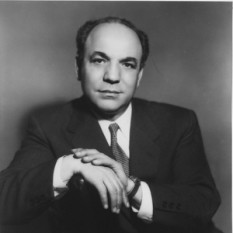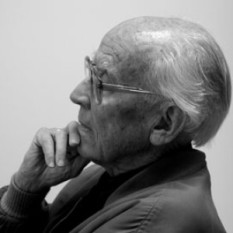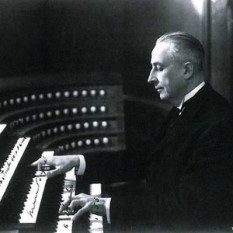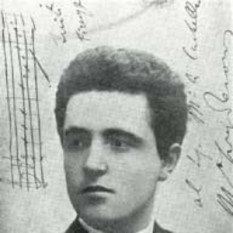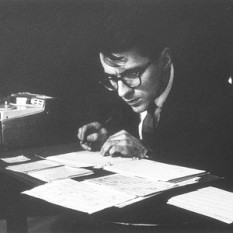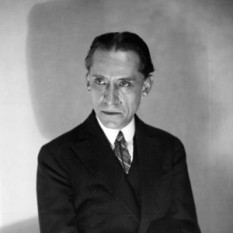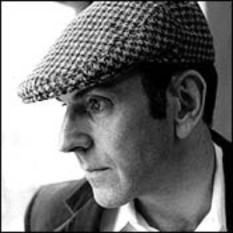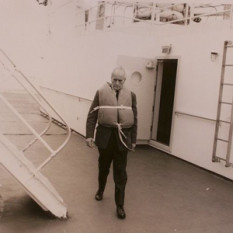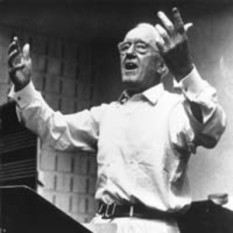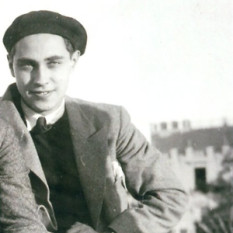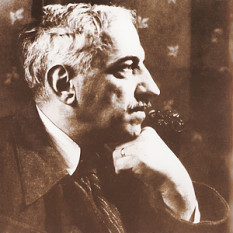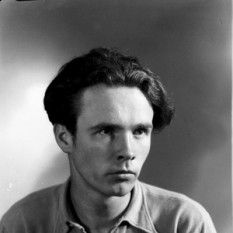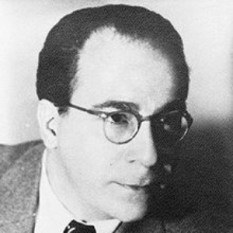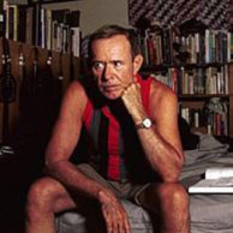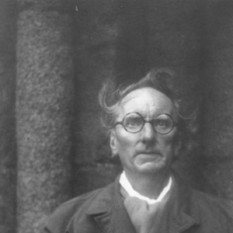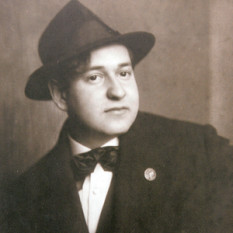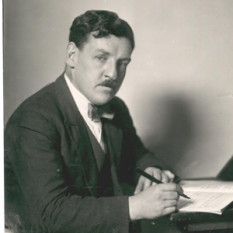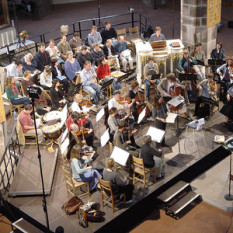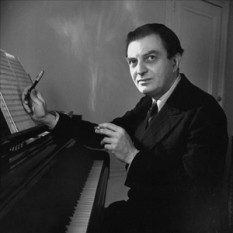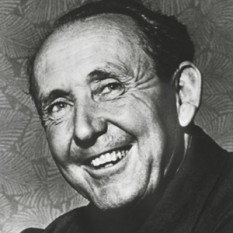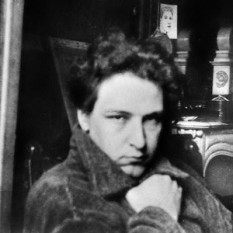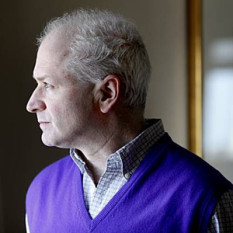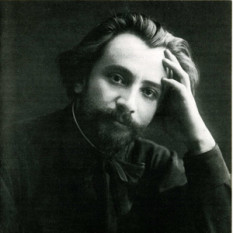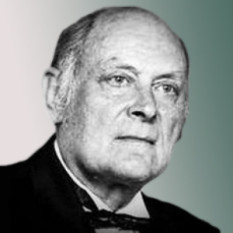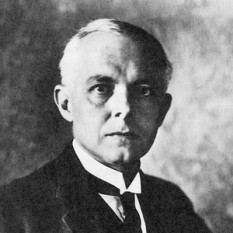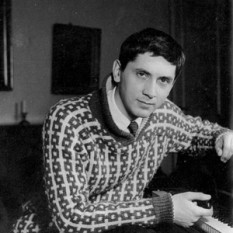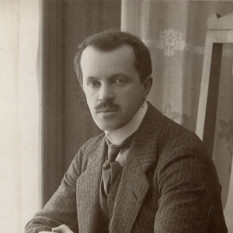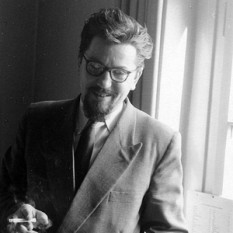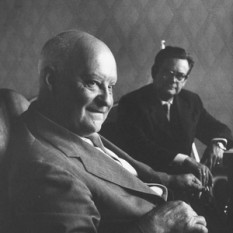At the turn of the 20th century classical music was characteristically late Romantic in style, while at the same time the Impressionist movement, spearheaded by Claude Debussy was taking form. America began forming its own vernacular style of classical music, notably in the works of Charles Ives, John Alden Carpenter, and (later) George Gershwin, while in Vienna, Arnold Schoenberg conceived atonality, and later developed the twelve-tone technique. Classical music in the 20th century varied greatly, from the expressionism of early Schoenberg, Neoclassical music of Igor Stravinsky, the futurism (bruitisme and "machine music") of Luigi Russolo, Alexander Mossolov, early Prokofiev and Antheil, to the microtonal music of Julián Carrillo, Alois Hába, Harry Partch, and Ben Johnston, to the socialist realism of late Prokofiev and Glière, Kabalevsky, and other Russian composers, as well as the simple harmonies and rhythms of minimalist composers such as Steve Reich, and Philip Glass, to the musique concrète of Pierre Schaeffer and the intuitive music of Karlheinz Stockhausen; from the total serialism of Pierre Boulez and the political commitment of Luigi Nono to the aleatoric music of John Cage.
Perhaps the most salient feature during this time period of classical music was the increased use of dissonance. Because of this, the twentieth century is sometimes called the "Dissonant Period" of classical music, following the common practice period, which emphasized consonance (Schwartz and Godfrey 1993, 9–43). The watershed transitional moment was the international Paris Exposition celebrating the centennial of the French Revolution, in 1889 (Fauser 2005). While some writers hold that Debussy's Prélude à l'après-midi- d'un faune and Schoenberg's Verklärte Nacht are dramatic departures from Romanticism and have strong modernist traits (Ibid.), others hold that the Schoenberg work is squarely within the late-Romantic tradition of Wagner and Brahms (Neighbour 2001, 582) and, more generally, that "the composer who most directly and completely connects late Wagner and the twentieth century is Arnold Schoenberg" (Salzman 1988, 10). .

